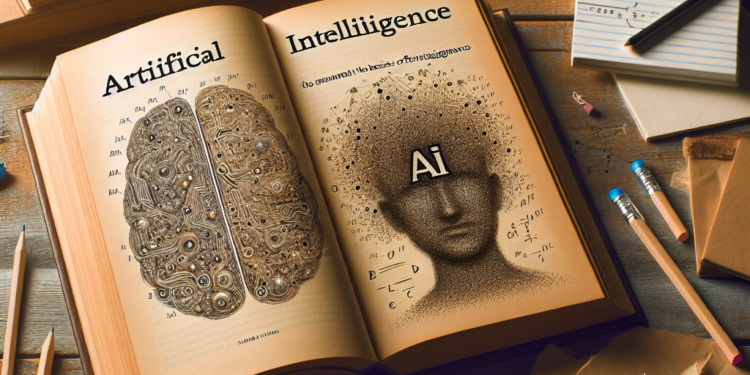Introduction to AI for Beginners
In today’s world, artificial intelligence (AI) is a hot topic that is gaining more and more attention. From self-driving cars to virtual assistants like Siri and Alexa, AI is revolutionizing the way we live and work. But what exactly is AI, and how does it work? In this article, we will explore the basics of AI for beginners.
What is AI?
Artificial intelligence refers to the simulation of human intelligence in machines that are programmed to think and act like humans. This includes activities such as learning, reasoning, problem-solving, perception, and language understanding. AI can be broken down into two categories: narrow AI and general AI.
Narrow AI, also known as weak AI, is designed to perform a specific task, such as playing chess or recommending a movie on Netflix. These AI systems are goal-oriented and can only operate within the boundaries of their programming. General AI, on the other hand, refers to AI systems that have the ability to perform any intellectual task that a human can. General AI is still a long way off and is the stuff of science fiction for now.
How does AI work?
AI systems rely on algorithms and data to carry out tasks. Algorithms are step-by-step instructions for solving a problem or completing a task, while data is the information that the AI system uses to learn and make decisions. AI systems are trained using large amounts of data and feedback from users, which allows them to improve their performance over time.
There are three main types of AI systems: reactive machines, limited memory, and theory of mind. Reactive machines are the simplest type of AI system and can only react to the information they have at that moment. Limited memory systems can learn from past experiences and make decisions based on that information. Theory of mind AI systems are the most advanced and can understand emotions, intentions, and beliefs of humans.
Applications of AI
AI is being used in a wide range of industries and applications, from healthcare to finance to transportation. In healthcare, AI is being used to analyze medical images, diagnose diseases, and even assist with surgery. In finance, AI is being used to detect fraud, manage investments, and provide customer service. In transportation, AI is being used to improve traffic flow, monitor vehicle performance, and develop self-driving cars.
There are also numerous consumer applications of AI, such as virtual assistants like Siri and Alexa, recommendation systems like Netflix and Amazon, and image recognition technology in smartphones. AI is also being used to power chatbots, language translation services, and gaming algorithms.
Ethical considerations
As AI becomes more prevalent in our lives, there are ethical considerations that must be taken into account. Concerns about privacy, bias, and job displacement are just a few of the issues that have been raised in relation to AI. For example, AI systems can collect and process vast amounts of personal data, raising questions about how that data is used and protected. There is also the potential for AI systems to exhibit bias, as they are only as good as the data they are trained on.
Job displacement is another concern, as AI systems have the potential to automate many tasks that are currently done by humans. While AI has the potential to create new jobs and industries, there is also the risk of job loss and a widening gap between those who have the skills to work with AI and those who do not.
Conclusion
AI is a powerful technology that has the potential to transform our world in ways we can’t even imagine. As AI continues to advance, it is important for beginners to understand the basics of how AI works and how it is being used in various industries. By learning about AI now, beginners can stay ahead of the curve and be better prepared for the future of work and technology.













